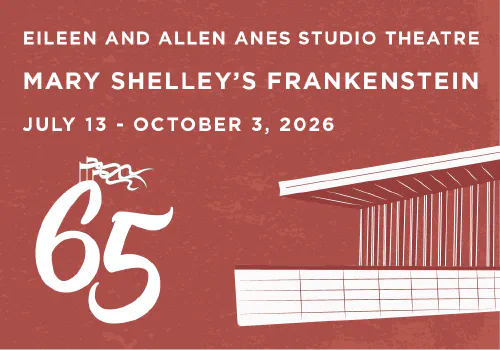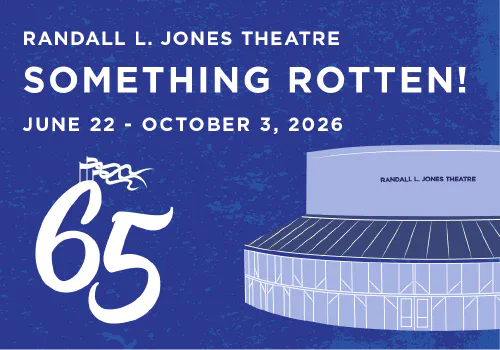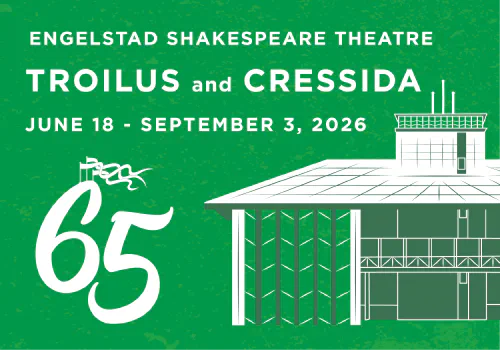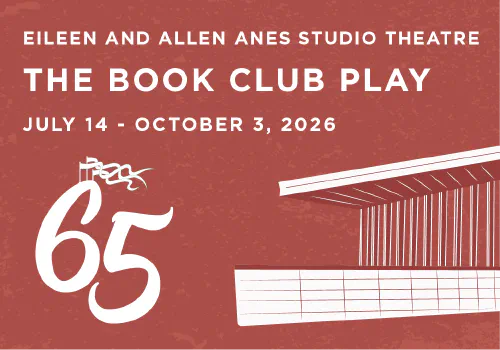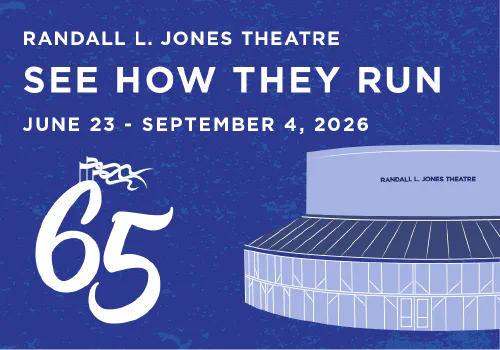OBJECTIVE
Students will read, interpret, make choices, block and perform a scene from Shakespeare’s play Macbeth. Students will observe their scenes connection in context to other scenes from Macbeth.
INTENDED AUDIENCE
4th grade – 12th grade
TIME
60 — 90 minutes
Can be expanded to a week-long unit
MATERIALS
- Shakespeare Power Hour — Macbeth
- Shakespeare Power Hour — Midsummer
- Shakespeare Power Hour — Romeo and Juliet
OUTLINE
-
WARM-UP
Teachers can utilize any game that engages students vocally and physically and starts them collaborating together.The game Forsooth will involve students in Shakespeare language with large physical and vocal variety.
This game/exercise is similar to vocal energy passing games like Whoosh, Zip Zap Zop, or Schwing Bong. Everybody gathers in a circle. One person starts the action and sends energy around the circle by clenching their fist and swinging their arm in front of them to the left or right, passing to the next person by saying the word: “Forsooth!” Each individual says “Forsooth” enthusiastically as it continues around the circle until another command is given by a member of the circle. These commands include the following:
Nay: An individual holds their hands up in the air and rejects the Forsooth, thus reversing the direction of the energy. Participants then continue with Forsooth.
Thou villain: An individual throws accusatory energy across the circle, points at another player and says Thou villain. The receiver then continues with Forsooth, or counters with a Nay
Methinks you are my glass: An individual looks across the circle, makes eye contact with another player and throws the energy to them. The two change places in the circle making a connecting sound.
Is this a dagger I see before me? Individual says the line in the middle of the circle (as if seeing a ghostly object). All players produce daggers and say the word Schwing. One player (anyone, the first to say it,) says “Happy dagger this is thy sheath” and plunges it into their own heart.
Speak hands for me: An individual grabs a person on either side of them and pushes them into the circle and says: Speak hands for me. Every member of the circle stabs the appointed Caesar. The Caesar (stabbed individual) while dying says “Et tu Brute!” and passes energy to another (Brutus) who then starts the Forsooth.
Turn, hellhound, turn: An individual points an accusatory sword-like finger across the circle at another player. The player then spins around in a circle.
To be, or not to be: An individual says “To be, or not to be” and points at another player, the other player then must dramatically say, in their own style; “That is the question.”
Lord, what fools these mortals be: All players run around the circle/room in foolish ways and return to different parts of the circle.
The group can create any other prompt using any other line. Find lines that encourage participants to connect the line with vocalization, physicality, and other acting partners that reflect moments from Shakespeare’s plays. For example: Think when we talk of horses that you see them, or, O for a Muse of fire, O, full of scorpions in my mind, dear wife, etc.
-
SHAKESPEARE’S POWER HOUR — MACBETH
Shakespeare Power Hour — Macbeth
This script was created to encourage students to discover Macbeth through their own performance. Lines can be added, characters scenes increased depending on a teachers’ academic goals.Explain to the students that as a class they will be performing the play Macbeth. Every group will have a different scene from the play that they will be in charge of rehearsing, staging and performing. It will be their responsibility to read the script, identify what is happening, cast the scene, stage the scene and then perform for the rest of the class in context with the other scenes.
Scene 1: The Witches Meet Macbeth and Banquo
(5) Macbeth, Banquo, Witch 1, Witch 2, Witch 3
Scene 2: Macbeth and Lady Macbeth Plot
(2) Macbeth, Lady Macbeth
Scene 3: The Murder
(2) Macbeth, Lady Macbeth
Scene 4: Banquo’s Ghost Appears
(4) Ross, Macbeth, Lady Macbeth, Banquo (silent)
Scene 5: The Witches’ Prophecy
(6) Macbeth, Witch 1, Witch 2, Witch 3, 2nd Apparition, 3rd Apparition
Scene 6: Macduff and Malcolm Plan a Rebellion
(3) Macduff, Malcolm, Ross
Scene 7: Out Damned Spot
(3) Gentlewoman, Doctor, Lady Macbeth
Scene 8: The Castle is Attacked
(3) Seyton, Macbeth, Messenger
Scene 9: 2 Characters Macbeth vs Macduff
(2) Macduff, Macbeth
Divide the class into the different groups for the scenes. Have the students:
1-Read through the narration and the scene
2- Identify and explain what is happening within the scene to other group members
3-Cast the roles within their scene
4-Stage the scene and prepare for performance.
5-Rehearse the scene multiple times so they can explore vocal and physical choices.As a teacher, you may need to provide some context. There should be enough clues within the text to allow the students to make discoveries about what is happening, even if they do not completely understand all of the context. Periodically, provide ideas about ways to stage special effects (witches that appear and ghosts that disappear, fight scenes or murders.) Allow the students to identify the problem and solutions that they could implement.
Note: It doesn’t matter what sex plays the male or female roles. We have seen some very exciting performances of Lady Macbeth’s or Witches by males and also females have played compelling Macbeths.
After 15 minutes of rehearsal the script is ready for a run-through with the rest of the class. As a teacher, you can provide the Narration between the scenes.
ASSESSMENT
The performance: The students perform their scene in the play for their peers.
At the end of the play provide an evaluation that includes the following questions:
In your own words, briefly describe the plot of Macbeth? What was your favorite scene? Why? If we were to perform the whole play, what would be some of the most difficult scenes? This is a greatly reduced script. What would you like to know more about Macbeth, your character, your scene, what other clues might there be within the play?




